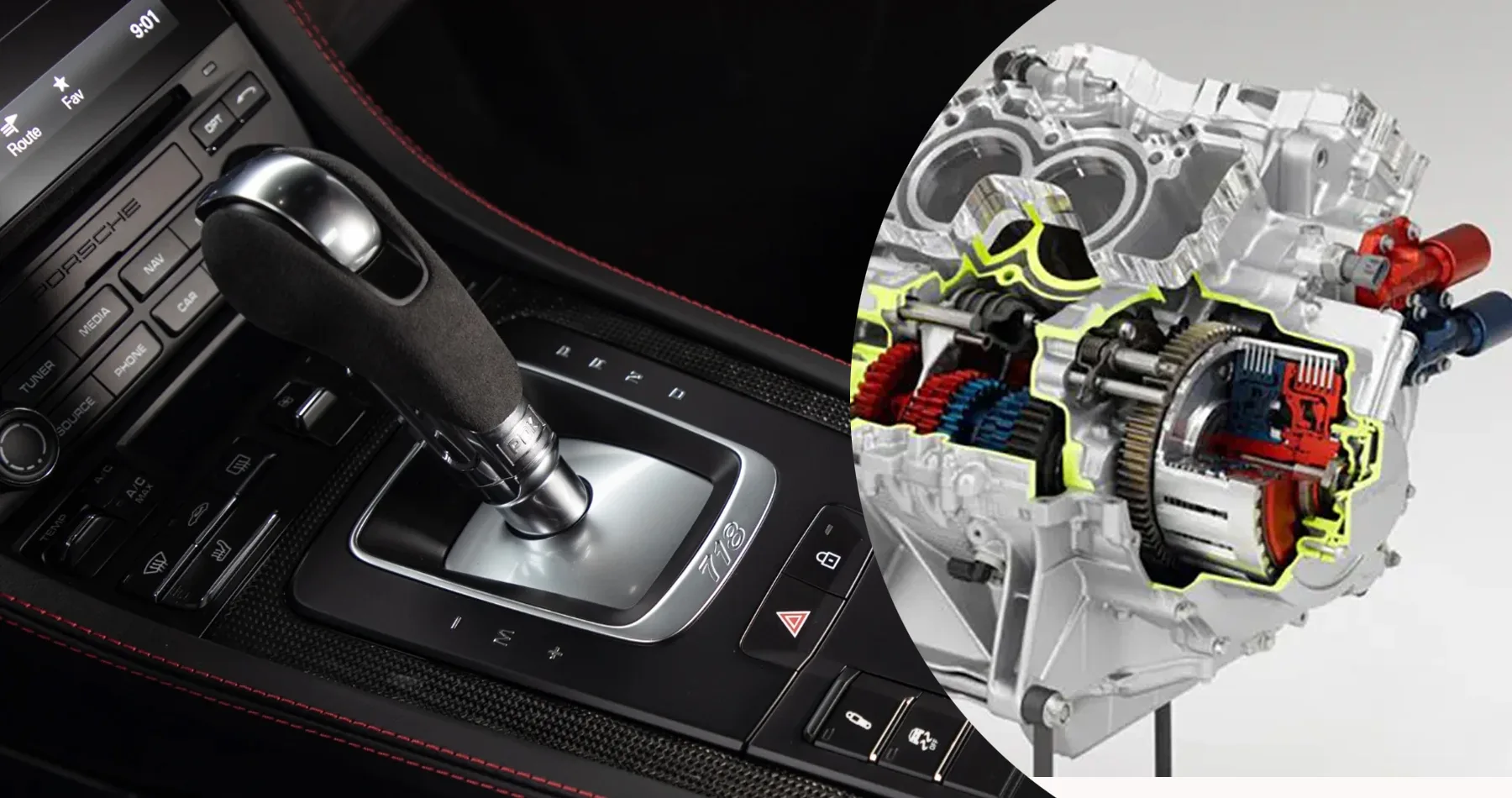The Discrete Cosine Transform (DCT) is a mathematical technique that converts a signal or image from its spatial domain into a frequency domain. It’s known for its energy compaction properties, making it a fundamental component in various compression algorithms, such as JPEG for images and MPEG for videos.
Understanding Dual Clutch Transmission (DCT)
Dual Clutch Transmission is an advanced automatic transmission system that employs two separate clutches for odd and even gear sets, enabling quicker and smoother gear shifts without interrupting power delivery. While it offers numerous advantages like improved fuel efficiency, faster gear changes, and enhanced driving experience, there are several notable disadvantages associated with DCT:
Disadvantages of DCT Transmission:
Lossy Compression:
Information Loss: One of the primary drawbacks of using DCT in transmission is its inherent lossy nature. Although it allows for effective compression, the transformation process invariably results in the loss of some data. This loss can lead to a degradation in signal quality, especially in scenarios requiring high-fidelity transmission.
Artifact Generation: Compression artifacts like blockiness and ringing can occur due to the lossy nature of DCT, particularly in lower-bitrate applications. These artifacts are visible distortions that reduce the perceptual quality of the transmitted content.
Sensitivity to Quantization:
Quantization Errors: Quantization of DCT coefficients is required during compression to get larger compression ratios. However, quantization introduces errors that can significantly impact the reconstructed signal quality. Fine quantization may result in higher fidelity but larger file sizes, while aggressive quantization reduces file size but leads to increased degradation.
Rate-Distortion Tradeoff: Balancing between the compression ratio and the quality of the decompressed signal involves a tradeoff. Higher compression leads to more loss and lower quality, while less compression results in larger file sizes.
Lack of Adaptability:
Fixed Transform Characteristics: The DCT has repaired characteristics that might not be suitable for all types of signals or content. Its inability to adapt to signal variations efficiently can limit its effectiveness in different transmission scenarios.
Inefficiency with Dynamic Scenes: In video transmission, scenes with high motion or rapid changes pose challenges to DCT-based compression. It struggles to capture and represent the dynamic content, often resulting in artifacts or reduced quality.
Complexity in Real-Time Applications:
High Computational Overhead: Implementing DCT compression and decompression processes can be computationally intensive, especially for real-time applications. This complexity can be a significant hurdle in scenarios where low latency is crucial, like live streaming or interactive communication systems.
Dependency on Initial Conditions:
Sensitivity to Initial Data: The DCT performance can be sensitive to the initial data or the starting point of the transformation. Small changes in the input signal can cause significant differences in the resulting transformed coefficients, impacting compression efficiency and accuracy.
Limitations in Error Resilience:
Error Propagation: In transmission scenarios where errors occur, such as in wireless or noisy communication channels, DCT-based compression may suffer from error propagation. A single error in the compressed data can affect the decoding process, leading to a loss of synchronization and degraded output quality.
